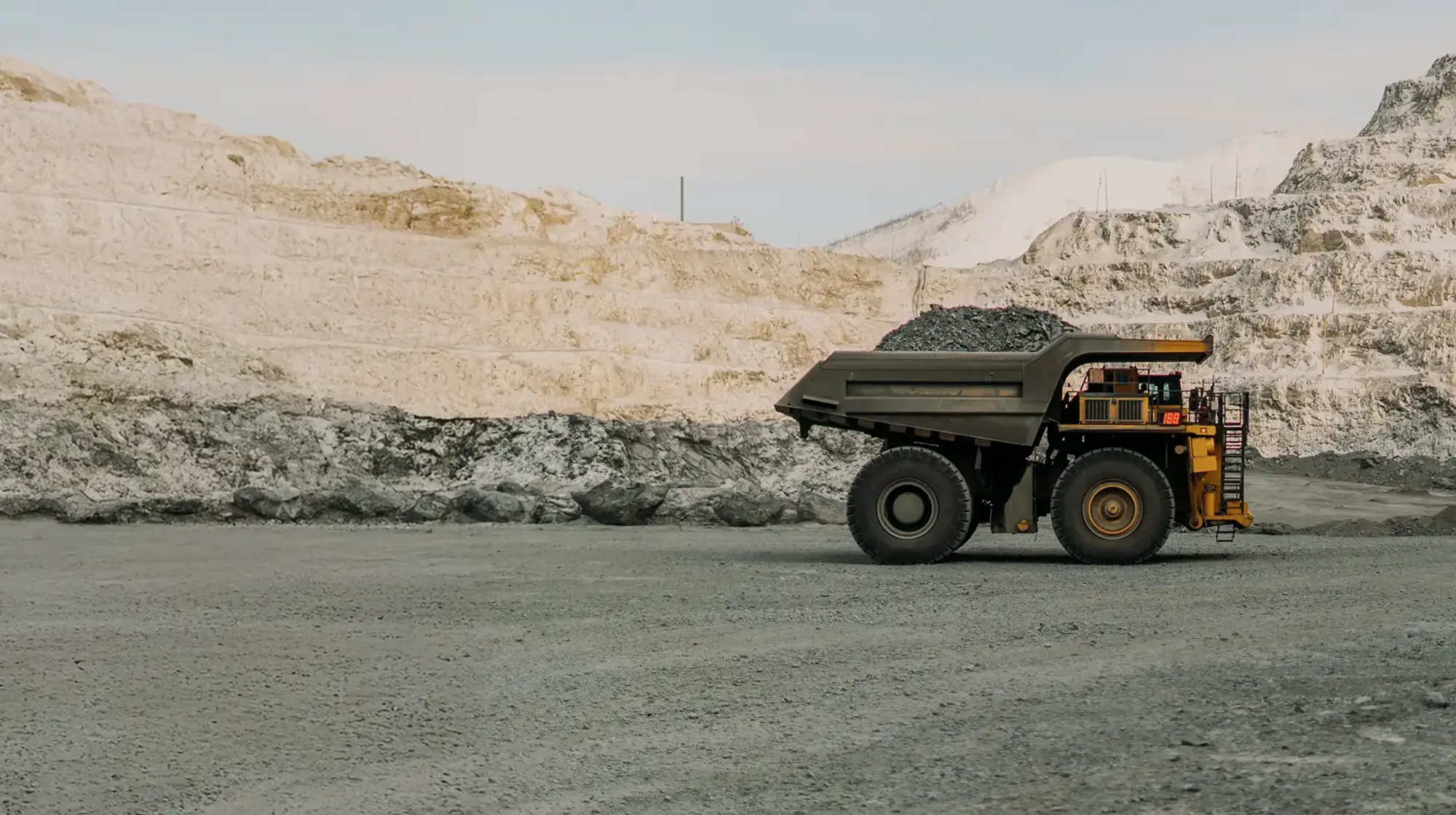Reports related to this article:
Project(s): View 3 related projects in PECWeb
Plant(s): View 2 related plants in PECWeb
Released October 16, 2020 | NEW DELHI
en
In order to produce a significant amount of green steel with reduced carbon dioxide (CO2) emissions, steel players in Germany are working toward a fossil-free steelmaking process based on direct reduction of iron ore with hydrogen.
Thyssenkrupp has set a goal to reduce CO2 emissions by 30% by 2030. Construction is planned for the first direct reduction plant with an integrated melting unit (blast furnace 2.0) at its Duisburg site in Germany. Tests are being conducted to use hydrogen in a blast furnace, in order to reduce carbon footprint and produce first quantities of CO2-neutral steel. The integrated direct reduction plant will be operated with green hydrogen and is expected to have an annual production capacity of 1.2 million tonnes.
Similarly, Salzgitter is working with Rhenus and Uniper to conduct a feasibility study for the construction of a direct reduced iron (DRI) plant with an upstream hydrogen electrolyzer at the deepwater port of Wilhelmshaven, Germany. Salzglitter plans to produce 2 million tonnes of direct reduced iron annually, which will be processed for environmentally compatible strip steel products.

Thyssenkrupp has set a goal to reduce CO2 emissions by 30% by 2030. Construction is planned for the first direct reduction plant with an integrated melting unit (blast furnace 2.0) at its Duisburg site in Germany. Tests are being conducted to use hydrogen in a blast furnace, in order to reduce carbon footprint and produce first quantities of CO2-neutral steel. The integrated direct reduction plant will be operated with green hydrogen and is expected to have an annual production capacity of 1.2 million tonnes.
Similarly, Salzgitter is working with Rhenus and Uniper to conduct a feasibility study for the construction of a direct reduced iron (DRI) plant with an upstream hydrogen electrolyzer at the deepwater port of Wilhelmshaven, Germany. Salzglitter plans to produce 2 million tonnes of direct reduced iron annually, which will be processed for environmentally compatible strip steel products.



